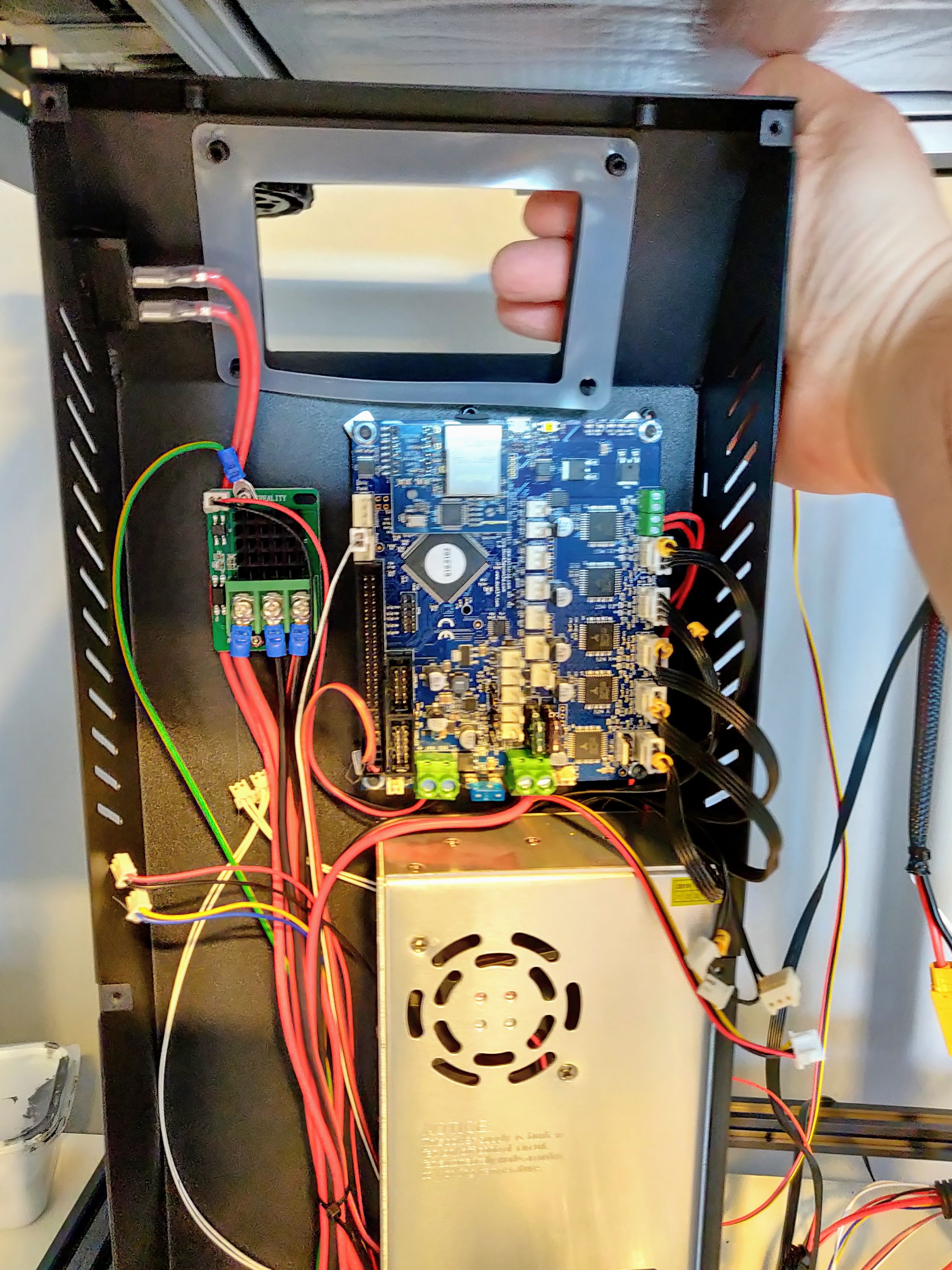

- #Dsmenu plus plus how to#
- #Dsmenu plus plus .exe#
- #Dsmenu plus plus install#
- #Dsmenu plus plus zip file#
- #Dsmenu plus plus software#

Screens: Most digital menu boards operate on smart TVs.This includes the screen, sign player, and peripheral items like mounting hardware and Wi-Fi signal boosters. Once you have chosen your preferred sign player company, you’ll need to get all the other necessary hardware.
*After the first screen software for one screen is included free The most popular setup is using a signage player because it is easier to manage multiple screens from a single dashboard, and most signage players come with easy-to-use menu templates. Once you have your TVs, you can either connect a signage player or a thumb drive. There are two ways to set up a digital menu board, both involving a television screen with HDMI or USB connections. If you’re thinking about adding some to your shop, here’s the easiest way to do it. With advances in smart TVs and streaming devices, it has never been easier to set up digital menu boards and displays. The screens themselves can be pricey-ranging from $325 to $1,400-and the ongoing cost for software can be as low as $7.99 per month. They are an excellent way to inform customers of your cuisine style, showcase specials and promotions, and encourage upselling. When done, remove the SD card, insert it into your Raspberry Pi, and power it up.Digital menu boards are electronic screens that display menu options, pricing, images, and videos. The Etcher will format the SD card before writing and verifying the image, shown in a progress bar. Now click Flash! to write the image file to the SD card. Etcher won’t write to your hard drives by default, but check that the SD card is listed correctly.
 Insert your SD card into the computer. Warning: the SD card will be totally over-written, so that this SD card will be used only for the Raspberry Pi. The image will appear under Select Image, and Connect a drive will highlight red. Use the file manager window and locate the image you unzipped in the previous step. Extract the firmware content from the zip file (It works well with Bitser or WinRAR on Windows and Stuffit on Mac, but other zip software should work). A common mistake is to flash the zip file to the SD Card: it should be unzipped first !!!. MacOS: Drag the Etcher app to your Applications folder on a Mac and double-click to open it. Run Etcher in Administrator Mode: right-click on Etcher and choose ‘Run as administrator.’
Insert your SD card into the computer. Warning: the SD card will be totally over-written, so that this SD card will be used only for the Raspberry Pi. The image will appear under Select Image, and Connect a drive will highlight red. Use the file manager window and locate the image you unzipped in the previous step. Extract the firmware content from the zip file (It works well with Bitser or WinRAR on Windows and Stuffit on Mac, but other zip software should work). A common mistake is to flash the zip file to the SD Card: it should be unzipped first !!!. MacOS: Drag the Etcher app to your Applications folder on a Mac and double-click to open it. Run Etcher in Administrator Mode: right-click on Etcher and choose ‘Run as administrator.’ exe file in Windows and follow the Etcher setup wizard.
Download and install Etcher from the website. More importantly, with the same interface, the same program is available on all three types of computers – Windows, Mac, and Linux – making it easy for everybody to understand. Posted by Kostas Sveronis on January 22nd, 2021Įtcher ( ) turns the whole process of flashing an OS image file into three simple steps: Select Image, Select Drive, and Flash Image. HOME > Documentations > Creating a Yodeck Player > Downloading and using Etcher Downloading and using Etcher How to configure the Dropbox Playlist to your client’s account. Install Yodeck on NEC Compute Model by using an external OS host. Install Yodeck on NEC Compute Module by using Yodeck bootloader. How to configure the Yodeck player with an Argon ONE case. How to change the hostname for your Yodeck Player. Remotely access your Yodeck player by using SSH. Get your Google Docs on a wall-mounted screen. Get your Google Sheets on a wall-mounted screen. 
Get your Google Calendar on a wall-mounted TV screen. How to change the account ownership to another user. How to create a simple Video-wall with Yodeck. How to quickly assign content to your Yodeck Player. Mask your credentials at the Scripting Engine text field. Common Alerting Protocol (CAP) Integration. How to configure SSO with Azure Active Directory. How to add custom proxy settings per Web Page using the Advanced Player Directives. Custom arguments / policies for Chromium. Support for LED board screens and billboards. Advanced Configuration for 3G / 4G / LTE modems. Configuring your player’s WiFi network by editing the SETTINGS.TXT file. Configuring your WiFi network using an Ethernet cable. Quickly connect your Yodeck player to your WiFi network by using the WiFi wizard. Dropbox and OneDrive Supported Media Formats. 6.1 Managing Playlists with the Folder View. Zipping and Uploading the Custom Sample Clock Widget How to setup an HDMI video feed input or connect a USB camera (Video Input). Creating a Yodeck Player based on Chrome browser. Creating a Yodeck Player based on Raspberry Pi 4.








 0 kommentar(er)
0 kommentar(er)
